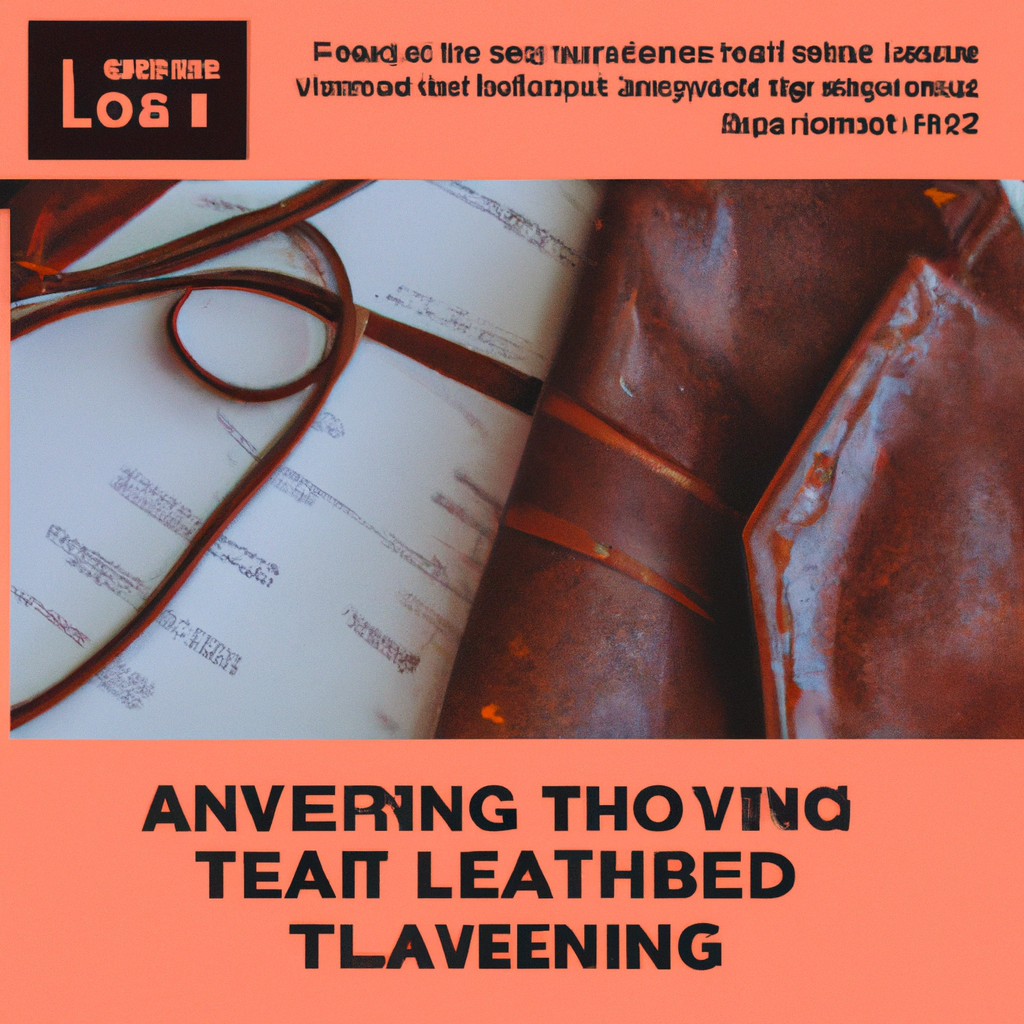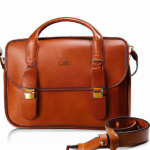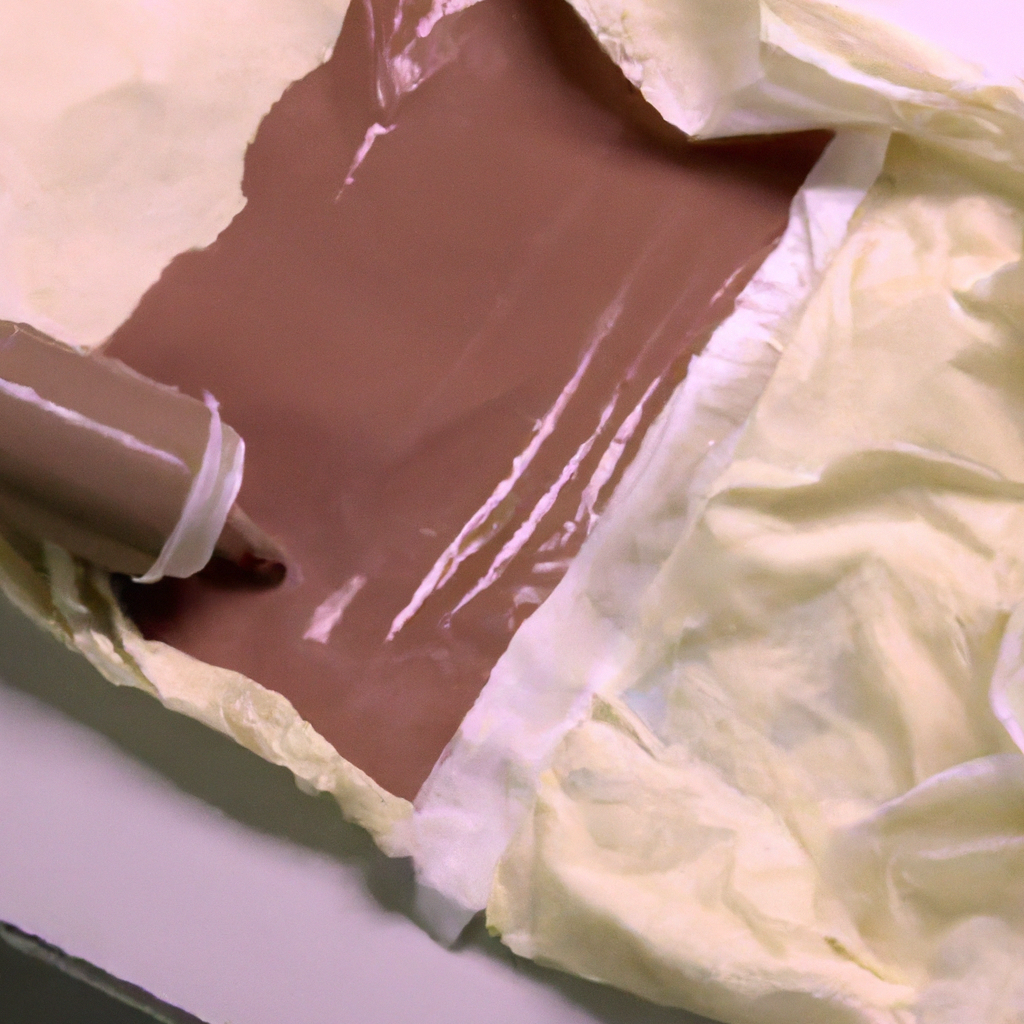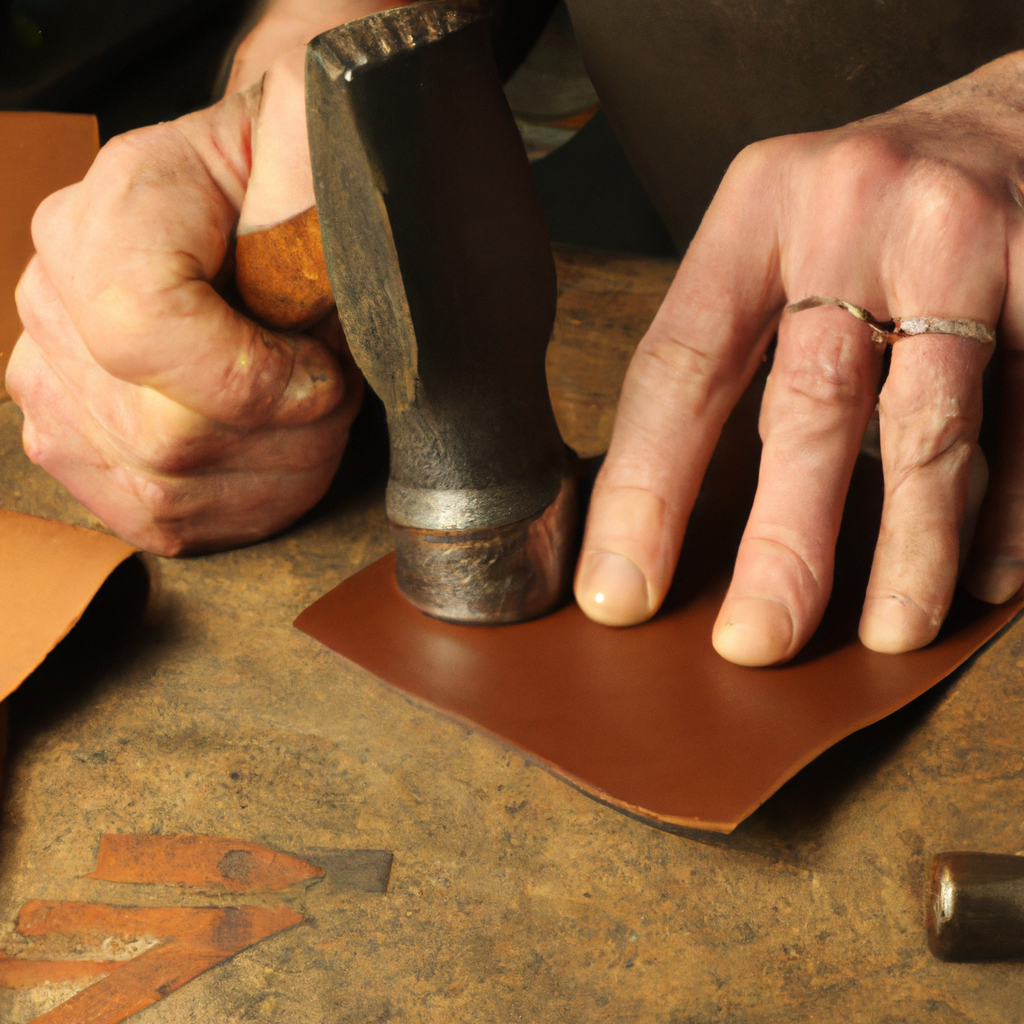So, you’ve decided to turn your passion for crafting handmade leather goods into a business. That’s fantastic! Whether you’re an established artisan or just starting out, selling your creations can be an exciting venture. But, how do you ensure that your handmade leather goods stand out in a crowded market? In this article, we’ll explore some essential tips that will help you maximize your sales potential, from choosing the right materials to creating an appealing brand identity. Get ready to take your leather goods business to the next level!
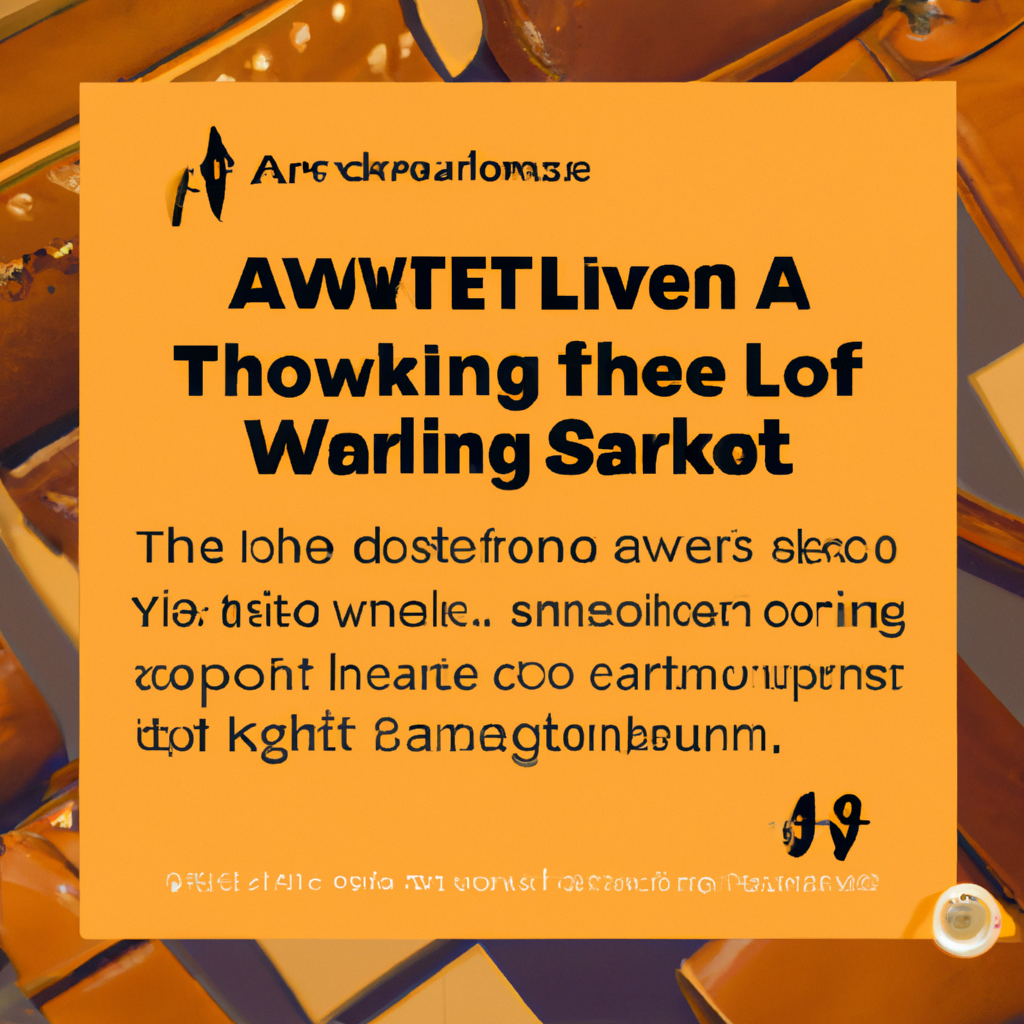
Understanding the Market
Researching the Target Audience
When it comes to selling handmade leather goods, understanding your target audience is crucial. Conducting comprehensive research on the preferences and purchasing habits of potential customers will help you tailor your products to their needs. Consider demographics such as age, gender, and location, as well as their interests and lifestyle choices. This information will guide your decision-making process and ensure that you create products that resonate with your target market.Identifying Market Trends
Keeping up with market trends is essential for staying relevant in the competitive world of handmade leather goods. By monitoring industry publications, attending trade shows, and engaging with fellow artisans and customers, you can stay up to date with the latest styles, designs, and consumer demands. This will enable you to adapt your offerings to match or even set the trends, giving you an edge in the market.Analyzing Competitors
Analyzing your competitors is a helpful strategy for understanding the strengths and weaknesses of other handmade leather goods sellers. By seeing what they offer, their pricing strategies, and their unique selling points, you can identify opportunities for differentiation and develop a competitive advantage. It is important to remember that competition is healthy and can drive you to improve your products and customer experience.Creating a Unique Brand
Developing a Brand Identity
Creating a unique brand identity is vital for establishing your presence in the market. Start by defining your brand values, vision, and mission. Consider what sets you apart from other sellers and highlight those aspects in your branding. Your brand identity should be consistent across all touchpoints, including your packaging, marketing materials, and website. This will help customers recognize and connect with your brand on a deeper level.Crafting a Compelling Brand Story
A compelling brand story can add depth and emotional appeal to your handmade leather goods. Share the inspiration behind your brand, the journey of your products, and the craftsmanship involved. Storytelling allows customers to feel a personal connection with your brand, making them more likely to choose your products over others. Use various marketing platforms, such as your website, social media, and product descriptions, to share your brand story effectively.Designing a Memorable Logo
A memorable logo is a key element of your brand identity. It should reflect your brand values, be visually appealing, and resonate with your target audience. Consider working with a professional designer who specializes in logo creation to ensure that your logo stands out and accurately represents your brand. Use your logo consistently across all marketing materials and product packaging to build brand recognition and establish credibility.Setting Up an Online Presence
Creating an E-commerce Website
Having a professional and user-friendly e-commerce website is essential for selling handmade leather goods online. Choose a platform that suits your needs and offers features like customizable product listings, secure payments, and easy navigation. Invest in high-quality product images, detailed descriptions, and customer reviews to showcase your goods and build trust with potential customers. Ensure that your website is mobile-responsive, as more and more people are shopping on their smartphones.Optimizing Product Descriptions
Well-written product descriptions can make a significant difference in converting visitors into customers. Clearly and accurately describe the features, materials, and craftsmanship of your handmade leather goods. Use persuasive language to highlight the unique selling points and benefits to the customer. Incorporate relevant keywords to improve search engine visibility. Consider including sizing information, care instructions, and any additional customization options to provide a comprehensive overview of your products.Implementing Secure Payment Options
Security is a top concern for online shoppers, so ensuring that your website offers secure payment options is essential. Partner with reliable and trusted payment gateways that offer encrypted transactions and fraud protection. Display trust badges and certifications prominently on your website to build customer confidence. Providing a seamless and secure payment process will give customers peace of mind when making a purchase, increasing the likelihood of repeat business.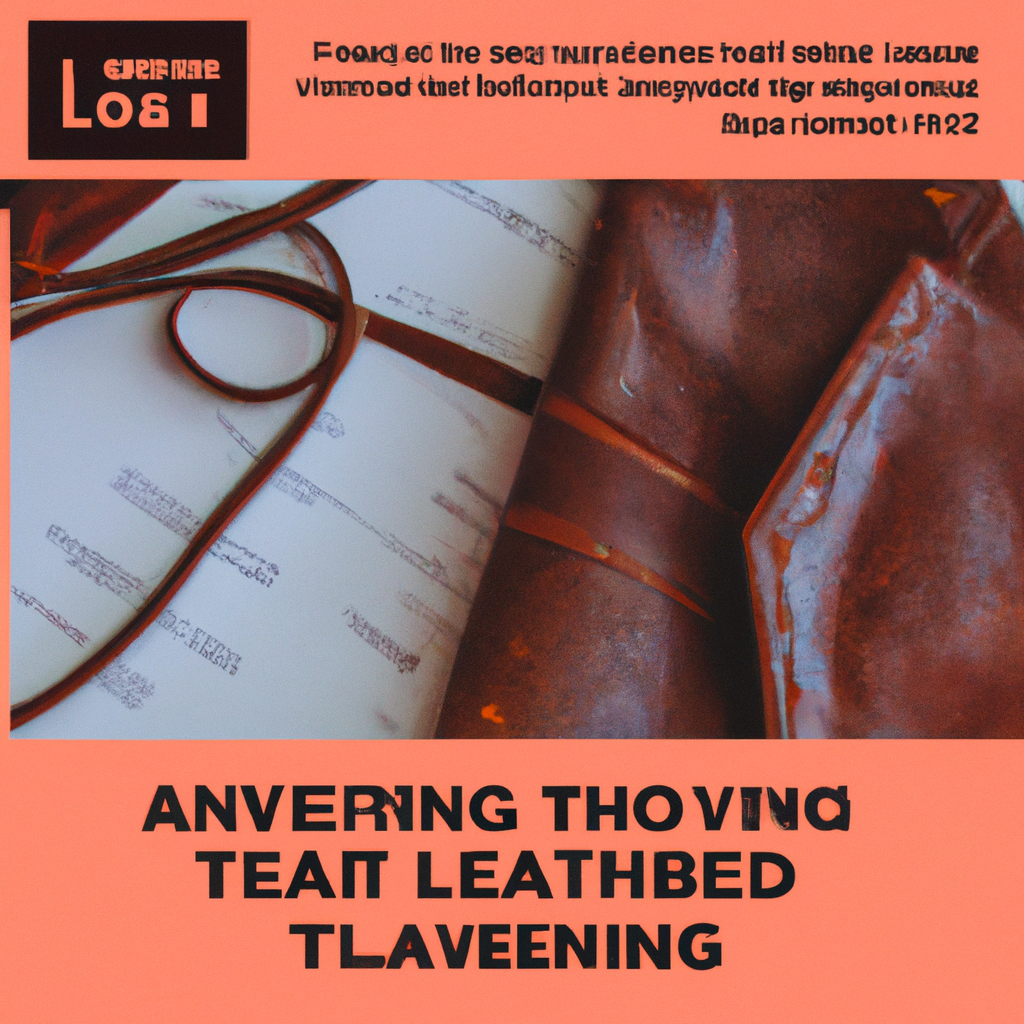
Utilizing Social Media
Identifying the Relevant Social Media Platforms
Choosing the right social media platforms to engage with your target audience is crucial for spreading awareness and driving sales. Research and understand which platforms are popular among your target market and focus your efforts on those platforms. For example, if your target audience consists of young, urban professionals, platforms like Instagram and LinkedIn may be more effective than Facebook. By selecting the right platforms, you can maximize your reach and enhance your brand visibility.Creating Engaging Content
Social media is all about engaging with your audience, and creating compelling content is key to capturing their attention. Share high-quality images and videos that showcase your handmade leather goods in the best light. Add value to your followers’ lives by sharing tips, tutorials, or behind-the-scenes glimpses into your creative process. Encourage interaction by asking questions, running contests, or hosting giveaways. Engaging content will help you build a strong online community of loyal followers.Building a Strong Following
Building a strong following on social media takes time and effort. Consistency is key – regularly post content and engage with your audience by responding to comments and messages. Collaborate with complementary brands or influencers to widen your reach and expose your products to new audiences. Use relevant hashtags to increase discoverability and participate in industry-related conversations to establish yourself as an authority within the handmade leather goods niche. Building a community of engaged followers will amplify your brand and drive organic growth.Showcasing the Craftsmanship
Highlighting the Handmade Process
The handmade process is a unique selling point for your leather goods, so make sure to highlight it in your marketing. Share photos or videos of the craftsmanship involved, showcasing the attention to detail and expertise that goes into each piece. Explain the benefits of handmade items, such as quality, durability, and the artisan’s personal touch. Educating your audience about your handmade process will evoke an appreciation for your products and set you apart from mass-produced alternatives.Presenting the Quality of Materials
The quality of materials used in your handmade leather goods can significantly impact customers’ purchasing decisions. Clearly communicate the types of leather and other materials you use, emphasizing their quality and durability. Share information about the sourcing and ethical practices behind your materials to build trust with environmentally conscious consumers. Consider providing detailed close-up images that demonstrate the texture, color, and natural variations in your materials to showcase their unique beauty.Photographing Products Professionally
High-quality product photography is essential for capturing customers’ attention and conveying the craftsmanship and beauty of your handmade leather goods. Invest in professional photography or improve your own skills to ensure that your product images are clear, well-lit, and accurately represent the colors and details. Use a variety of angles to showcase different features and highlight unique aspects of your products. Consistency in image style and presentation will contribute to a cohesive and professional brand image.Offering Customization Options
Providing Personalized Product Choices
One way to stand out in the market and cater to individual customer preferences is by offering personalized product choices. Consider offering options such as different colors, sizes, or hardware finishes to allow customers to customize their purchase. Implementing personalized engraving or monogramming services is also a popular choice for adding a personal touch. Providing these customization options not only enhances customer satisfaction but can also justify higher price points and create a sense of exclusivity.Offering Monogramming or Embossing Services
Monogramming or embossing services are a great way to personalize your handmade leather goods and add value for customers. Offer the option for customers to have their initials or names embossed on their purchase, creating a unique and meaningful item. Partner with skilled artisans or invest in the necessary equipment to provide high-quality monogramming or embossing services. Clearly communicate the availability and cost of these services to customers to promote customization and increase perceived value.Creating Special Limited Editions
Creating special limited editions of your handmade leather goods can generate excitement and a sense of urgency among your customers. Consider releasing limited quantities of unique designs, colors, or collaborations with other artists or brands. Promote these limited editions through your website, social media, and email marketing to create a buzz and encourage customers to make a purchase before they sell out. Limited editions can create a sense of exclusivity and drive sales for collectors and loyal customers.Networking with Influencers
Identifying Influencers in the Leather Goods Industry
Influencer marketing can be a powerful tool for promoting your handmade leather goods to a wider audience. Identify influencers who align with your brand values and have a significant following in the leather goods industry or similar niches. Look for influencers who have a genuine interest in handmade products and are likely to appreciate and promote your goods authentically. Engage with these influencers by commenting on their posts, sharing their content, and building a relationship before reaching out to collaborate.Establishing Meaningful Collaborations
Build relationships with influencers by approaching them with a mutually beneficial collaboration idea. Offer to send them a sample of your handmade leather goods for them to review or style. Collaborate on giveaways or contests where you both can contribute prizes. Alternatively, you can collaborate on a unique product or collection designed specifically for the influencer’s audience. Authentic collaborations allow you to leverage the influencer’s reach and reputation to increase brand awareness and drive sales.Leveraging their Reach and Reputation
Once you’ve established collaborations with influencers, leverage their reach and reputation to amplify your branding efforts. Encourage the influencers to share their experience with your handmade leather goods through blog posts, social media posts, or YouTube videos. Create affiliate programs or unique discount codes for their followers to incentivize sales. Share the influencer’s content on your own social media platforms, website, and email newsletters to reach a broader audience. Leveraging the influencer’s reach and reputation can significantly boost your brand visibility and attract new customers.Attending Craft Fairs and Markets
Researching Local Events
Craft fairs and markets provide valuable opportunities to showcase and sell your handmade leather goods to a targeted audience. Research and identify local events that attract your target customers. Look for craft fairs, artisan markets, or niche events that focus on handmade or luxury goods. Consider factors such as the event’s reputation, foot traffic, and the audience’s buying power when deciding which events to participate in. Engage with fellow artisans and event organizers to gather insights and tips about upcoming events.Preparing an Attractive Booth Setup
Your booth setup plays a crucial role in attracting visitors and showcasing your handmade leather goods effectively. Design a visually appealing booth that aligns with your brand identity and captures the attention of passersby. Use high-quality displays, lighting, and signage to create an inviting atmosphere. Arrange your products in an organized and visually appealing manner, allowing customers to touch and try on items if possible. Create a welcoming space for customers to browse, ask questions, and make purchases comfortably.Engaging with Visitors and Collecting Contact Information
Engaging with visitors at craft fairs and markets is an excellent opportunity to build relationships and collect valuable contact information. Greet every visitor with a warm smile and be prepared to answer questions about your products. Encourage visitors to sign up for your email newsletter or follow you on social media for updates and exclusive offers. Offer incentives such as discounts or giveaways for customers who provide their contact information. Building a database of interested customers will allow you to continue marketing to them and nurture those relationships beyond the event.Building Strong Customer Relationships
Providing Excellent Customer Service
Exceptional customer service is a vital component of any successful business. Aim to go above and beyond in exceeding your customers’ expectations. Respond to inquiries promptly and politely, addressing any concerns or issues they may have. Provide detailed product information and sizing guidance to ensure customers make informed purchase decisions. Personalize interactions with customers by using their names and remembering previous conversations. By providing excellent customer service, you can build trust, loyalty, and positive word-of-mouth referrals.Offering After-Sales Support and Follow-ups
Maintaining relationships with customers after they have made a purchase is just as important as acquiring new customers. Follow up with customers a few weeks after their purchase to ensure they are satisfied with their handmade leather goods and to address any potential issues. Offer after-sales support, such as providing care instructions or repair services, to extend the lifespan of your products and enhance customer satisfaction. Regularly communicate with customers through email newsletters or social media to keep them informed about new products and promotions.Implementing a Loyalty Program
Implementing a loyalty program is an effective way to reward and retain your most loyal customers. Offer incentives such as exclusive discounts, early access to new collections, or free personalized items for repeat purchases. Create a tiered system where customers can unlock additional benefits as they reach higher levels of loyalty. Make it easy for customers to track their loyalty points and redemption options through a user-friendly online portal or app. A loyalty program can instill a sense of belonging and appreciation among your customers, encouraging them to continue supporting your handmade leather goods.What Legal Considerations Should I Keep in Mind When Selling Handmade Leather Goods?
When selling handmade leather goods, it’s crucial to be aware of the legal licensing for leather goods. Ensure that you obtain the necessary permits and comply with regulations to avoid potential legal issues. Consulting with a legal expert can provide valuable guidance in navigating the complex legal considerations involved in selling leather goods.

